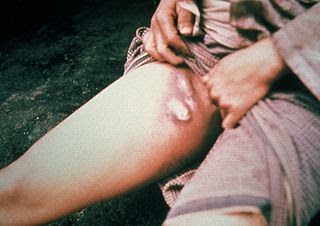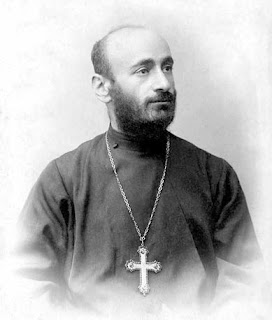The Decade of Calamities (530-540 AD)
Updated 04.03.2017
Three years after the violent riot in the hippodrome rebuilding a new Hagia Sophia was under halfway to completion. This was the third church of Holy Wisdom built on the same site and would last for centuries to come. Justinianus probably took heed of the destructive power unleashed by the mob and wanted this edifice to endure the calamities of the hand of god and human alike. During that fourth year the weather began to change.Procopius recorded
Three years after the violent riot in the hippodrome rebuilding a new Hagia Sophia was under halfway to completion. This was the third church of Holy Wisdom built on the same site and would last for centuries to come. Justinianus probably took heed of the destructive power unleashed by the mob and wanted this edifice to endure the calamities of the hand of god and human alike. During that fourth year the weather began to change.Procopius recorded
“during this year… the sun gave forth its light without brightness… and it seemed exceedingly like the sun in eclipse, for the beams it shed were not clear.”
Crop failures were seen throughout to world from
Europe to China. Perhaps a volcano erupted or a comet struck to release massive
amounts of dust into the atmosphere to cover the sky with dust. How would
Theodora react to the never coming summer that year? That was the year that sun
never warmed. Next year saw the completion of Hagia Sophia and Procopius claimed Justinian had said
“Solomon I have outdone thee”.
It didn't resemble the European cathedrals that took decades to
finish, it was done in one strong push despite the crop failures and ongoing
war with the barbarians on the frontiers. They must have pulled it off with hard
measures because crop failures might have raised the crop prices, and paying
for the continuous wars.
Three years had passed. The Empire had to turn to east
this time to deal with their latest enemies, the Persians who plundered Anatolia when they caught the Romans off guard. The conflict with the Persians all boiled down to the control of Silk Route passing through the Persian territory to reach Constantinople. In times of war Eastern Rome like its follower Ottoman Empire devised new alliances to bypass its eastern neighbour. Making a deal with the Abyssinians was one ambitious plan to side step them.
After the war started it seemed that those trade
routes had one more gift to present except silk. It was the plague. Recently genetically the home of
the bacteria Yersinia Pestis, the bacteria of the great pestilence was found to be China. These bacteria caused
the same findings and symptoms as the Black Death that happened about a
thousand years later in Europe. It devastated the capital, killed nearly the
half of its population and dealt a strong blow to East Mediterranean cities.
Emperor Justinian also contracted the disease but survived. Procopius noted
there was no room and time to bury the dead, without funeral rites the dead
were piled up in the open.
 |
| Bubos in bubonic plague, Source: Wikipedia |
That was how the flow of riches and wheat lead to war and plague in 530 AD.


Comments
Post a Comment